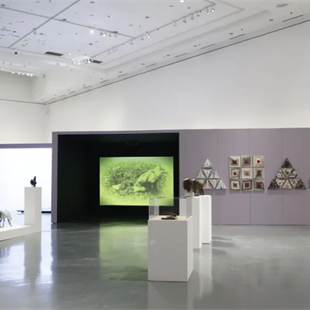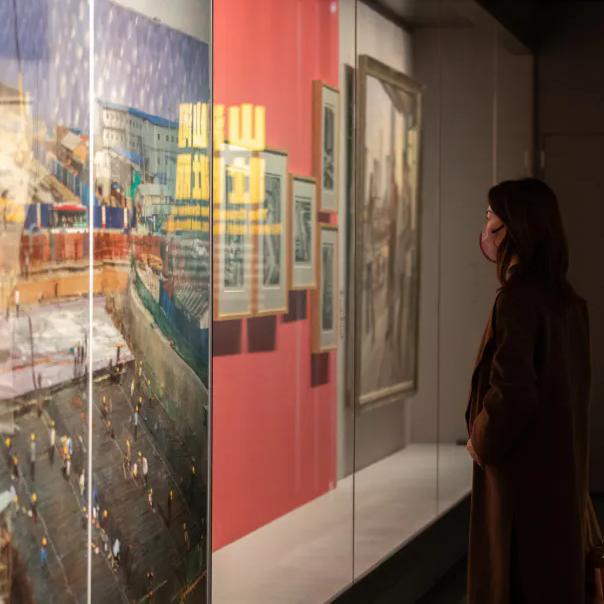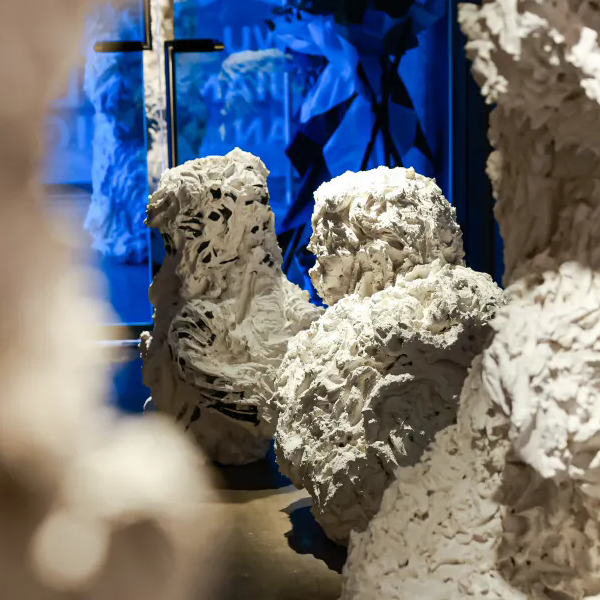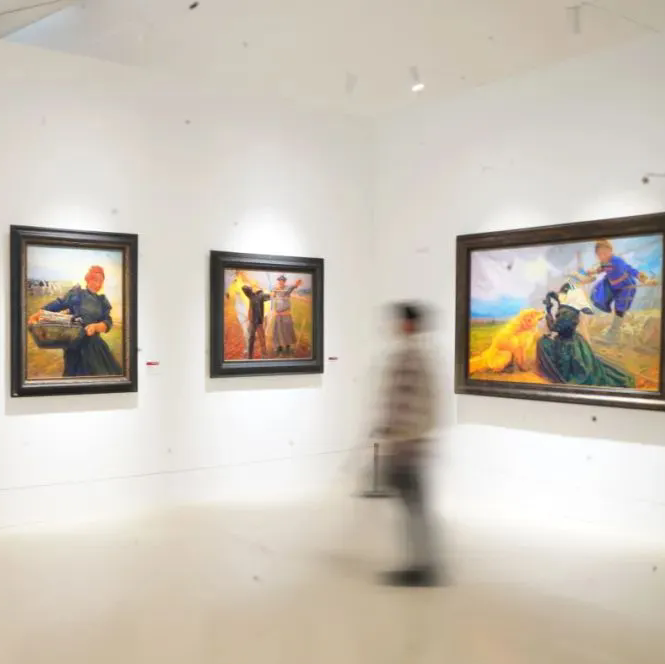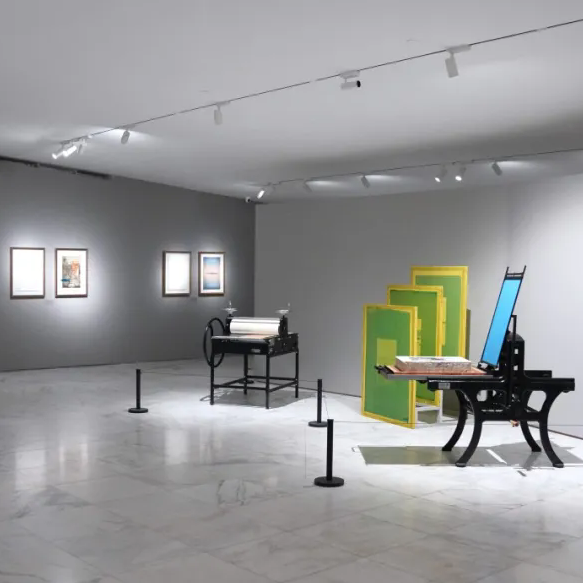
Leonardo da Vinci - Die Dame mit dem Hermelin (Bildnis der Cecilia Gallerani)
Curators of the Gemäldegalerie in Berlin and the Metropolitan Museum of Art in New York have worked together to mount a landmark exhibition--"Renaissance Faces " to trace the development of Italian portraiture of the 15th century. More than 40 early Renaissance masters – from Donatello, Botticelli to Leonardo da Vinci – are represented in the exhibition, which includes more than 150 works overall. The museums contributing valuable loans include the Louvre in Paris, the National Gallery in London, the Uffizi Gallery in Florence and the National Museum in Krakow. The exhibition will be on show at Berlin’s Bode Museum through November 20 before opening at the Metropolitan Museum of Art on December 21.
Portraits capture the appearance and personality of a human being. The beginnings of the portrait as an autonomous genre lie in the fifteenth century. In Italy's art centers, diverse forms of portraiture evolved quickly. In addition to paintings, there were busts, medals, and drawings. Artists such as Sandro Botticelli and Leonardo da Vinci captured the great personalities of the era, but also unknown beauties, in incomparable masterpieces. This is an opportunity for a unique eye-to-eye encounter with world-famous works of art that offers, thanks to the extraordinary breadth of the exhibits, a comprehensive survey of the diverse manifestations of the art of Italian portraiture in the fifteenth century. In addition to the evolution from early portraits in profile to expressive depictions of character, various media and techniques of portraiture can be experienced: delicately executed paintings are found alongside the first imposing portrait busts in marble; the immediacy of delicate drawings testifies to studies from life; bronze portrait medals in miniature formats were once passed from hand to hand. A walk through the three large sections of the exhibition illustrates the unique features of each of the centers of Italian art. The trading metropolis of Florence initially produced depictions of ideal female beauty and portraits of the ruling Medici family. The portraits of the courts of Italian princes and condottieri reflect the contemporary world of humanist ideas as well as refined taste. In Venice, the republic by the sea, the portrait emerged only late but then did so with an astonishing intensity. (Quoted from the site: http://www.smb.museum/smb/gesichter/home.php?lang=en)

Sandro Botticelli - Portrait of a young woman, probably Simonetta Vespucci

Domenico Ghirlandaio - Portrait of an old man with a child (1490)

Pollaiuolo--Portrait of a Lady Berlin GG
Image Courtesy of petrus.agricola, for more images pleas visit here.
As reported by Germany.info, Minister of State Cornelia Pieper praised it at its opening at the Bode Museum,as a “prime example of what can be achieved through effective cooperation and the collective will of all involved in a project”. She paid particular tribute to the contribution made by the Republic of Poland, which had played a part in the “perfection of the exhibition” by lending it Leonardo da Vinci’s “Lady with an Ermine.” Pieper cited this as an example of the “successful cultural relations dialogue between Poland and the Federal Republic of Germany.”


